This report appears in the January 2018 issue of Potato Grower.
The success of the entire potato industry depends in large part on clean, high-quality seed, which comes from all over the United States. Following are potato-producing states’ potato seed certification reports from coast to coast.
Colorado
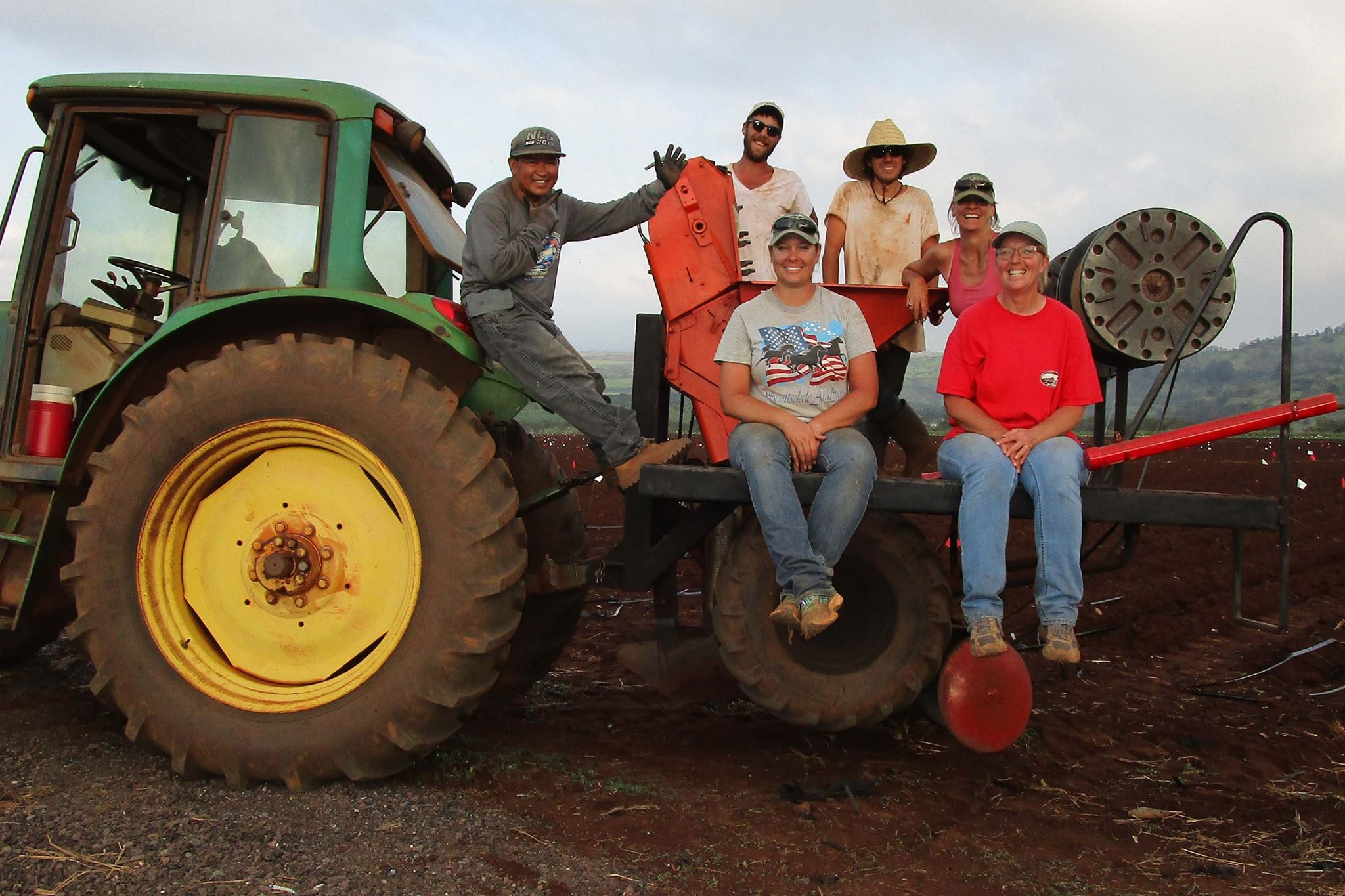 Andrew Houser, Manager, Colorado Potato Certification Service
Andrew Houser, Manager, Colorado Potato Certification Service
For the last three years, Colorado seed rejections due to mosaic and PVY have dropped. Several factors have probably contributed to this. Two of the potential drivers of this trend are the implementation of the 2012 Colorado Seed Act and an increase in the use of crop oils and other PVY management practices in recent years. This is good news for Colorado’s potato industry and will hopefully continue through this year’s winter test.
In 2017, warm temperatures in June were followed by record-setting rainfall in July (3.3 inches). The excess rainfall has not appeared to affect tuber quality, however. With harvest complete, overall yields and sizing have hovered around average. Post-harvest test seed lot samples have been submitted and have already been planted on the North Shore of Oahu, Hawaii. An official 2017 certified seed directory is posted online at potatoes.colostate.edu/potato-certification-service/.
Colorado certified seed potato acreage was down overall from 11,339 acres in 2016 to 10,093 in 2017. The total accepted certified acreage after summer field inspections was 9,713 acres. The predominant certified potato varieties in Colorado are Russet Norkotah selections, Canela Russet, Centennial Russet, Teton Russet and Rio Grande Russet. Other certified potatoes in Colorado include multiple varieties of russets, reds, yellows, chippers, fingerlings and specialties.
The Colorado Seed Act requires all seed lots imported into Colorado to undergo a post-harvest test or winter grow-out. A late blight quarantine is also in effect for all seed coming into the San Luis Valley. Testing specifics can be found on the Colorado seed certification website: potatoes.colostate.edu/wp-content/uploads/2014/02/Late-Blight-Quar-2014.pdf.
Two new full-time staff members were added to the Colorado seed certification team in 2017. Sarah Noller is the new assistant manager, and Jeff Shawcroft is the new full-time field inspector.
Idaho
Alan Westra, Southeast Area Manager, Idaho Crop Improvement Association
At the conclusion of the second round of field inspections, a total of 32,587 acres were accepted for seed potato certification this year in Idaho. This is down approximately 2.2 percent from last year. Excluding proprietary genetics, the 2017 acreage accepted for certification represents a total of 148 varieties, selections and advanced clones.
There was some movement in varietal acreage in 2017. The top varieties were Russet Burbank (39 percent of total), Russet Norkotah (all strains, 17 percent of total), Ranger Russet (11 percent), Clearwater Russet (3.1 percent), Alturas (2.8 percent) and Umatilla Russet (2.85 percent).
Acreage of Russet Burbank and Russet Norkotah are essentially unchanged from 2016. There was a significant increase this year in the acreage of Clearwater Russet (42 percent increase from 2016), while acreage of Ranger Russet, Alturas and Umatilla Russet was reduced significantly (down 7.5, 30 and 28 percent, respectively). A complete listing of this year’s seed potato crop is available in the 2017 Idaho Certified Seed Potato Directory, posted on the Idaho Crop Improvement website at www.idahocrop.com.
Planting this year was normal for many growers, with only minor delays due to weather. At the time of writing this article, harvest is slowed due to rain. Growers are reporting normal to very good yields. Quality going into storage is reported as good to excellent. Seed health appears to be steady from 2016, with normal amounts of potato virus Y and zero bacterial ring rot detections during field inspections. Seed availability is predicted to be essentially unchanged from 2016.
Maine
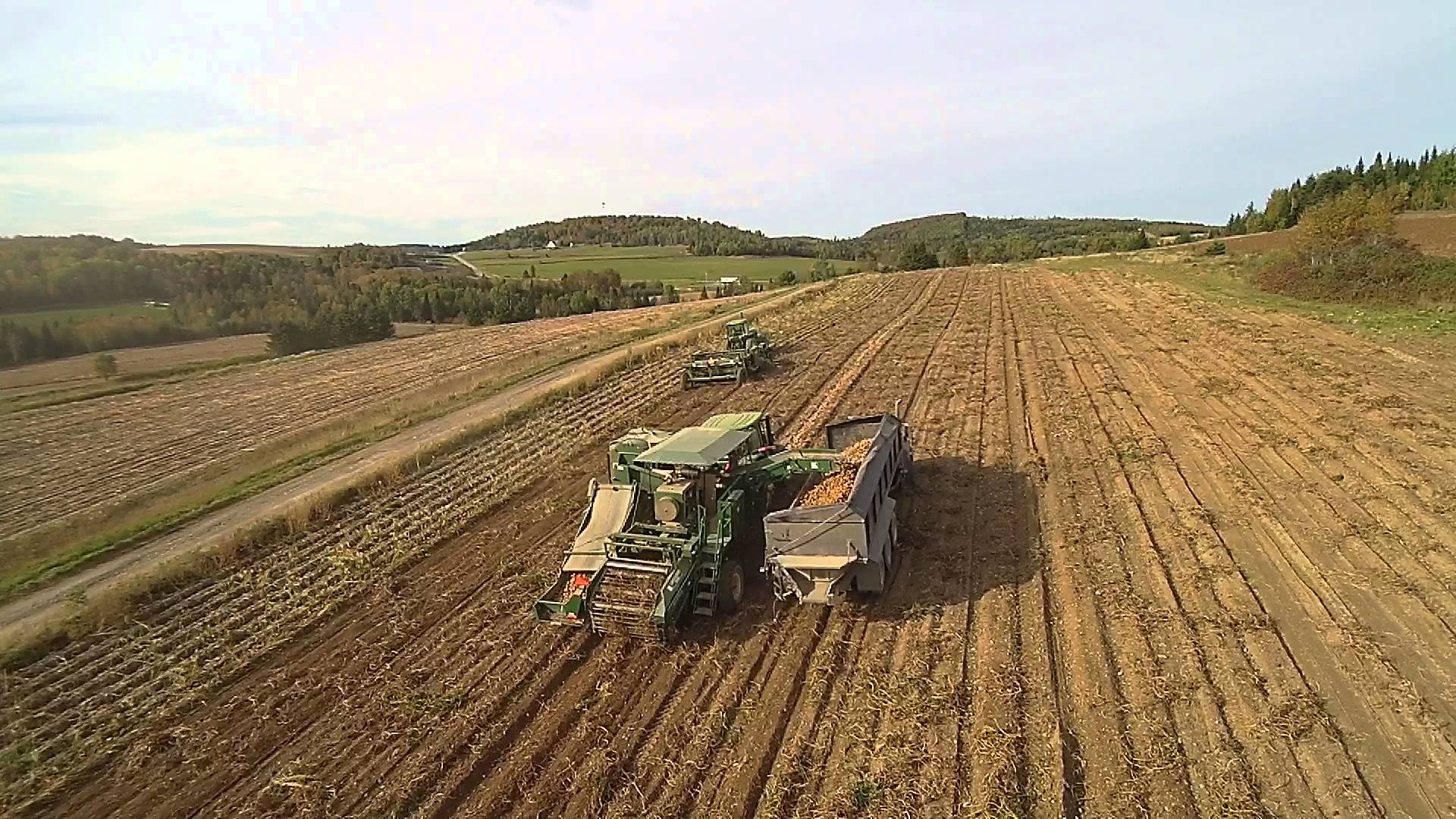 Eric Hitchcock, Seed Certification Program Manager, Maine Division of Animal & Plant Health
Eric Hitchcock, Seed Certification Program Manager, Maine Division of Animal & Plant Health
The 2017 growing season was at times a challenging one for some seed growers in Maine. Planting was a little damp and cool, and some growers finished planting a little later than normal. Continuing into the summer, several areas experienced very prolonged dry spells for the rest of the season in Aroostook County in the northern part of the state. Southern and central Maine also experienced dry periods.
Overall, the 2017 crop appears to be very healthy despite the prolonged summer dryness in some areas. As of Sept. 15, the certification program had 9,625 acres entered from 106 farms.
The top 5 varieties entered for 2017 are:
- Atlantic 917 acres
- Russet Burbank (MT strain) 601 acres
- Dark Red Norland 597 acres
- Snowden 590 acres
- Lamoka 581 acres
Inspectors are now performing PCN sampling and are in preparation for planting in Florida for the post-harvest grow-out as well laboratory PVY testing for field year 1, 2 and latent varieties. This year marks two years of transition in post-harvest testing for Maine with hopes to fully implement laboratory post-harvest testing for PVY in the next few years.
Ron Dyer is the Director of the Bureau of Agriculture, Food and Rural Resources for the State of Maine Department of Agriculture, Conservation and Forestry. Walter Whitcomb is the Commissioner of the State of Maine Department of Agriculture Conservation and Forestry.
Michigan
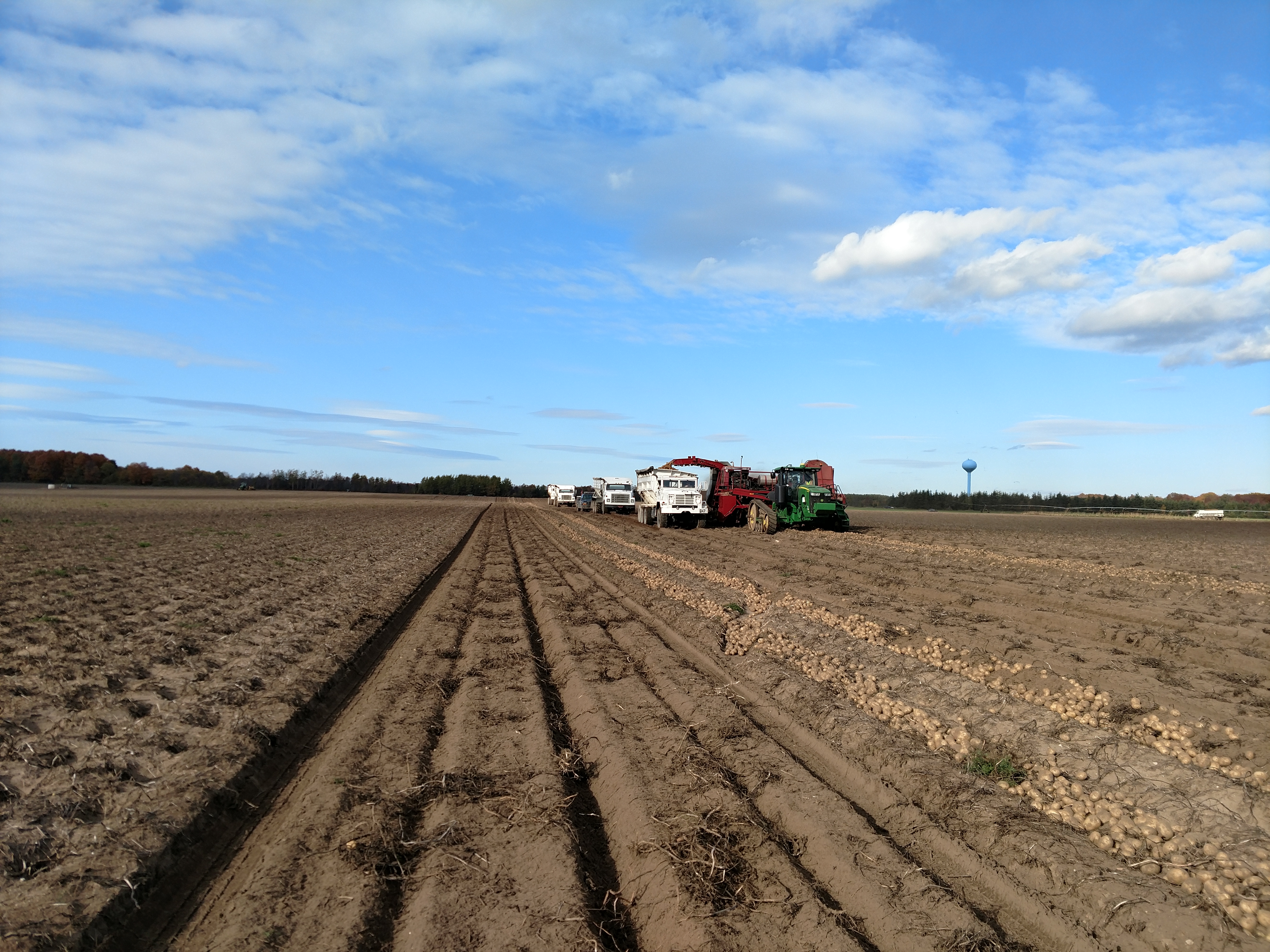 Jeff Axford, Executive Director, Michigan Seed Potato Association
Jeff Axford, Executive Director, Michigan Seed Potato Association
There were 2,561 acres entered and approved for certification in Michigan for the 2017 crop year, which is about a 5 percent increase over the prior year.
The planting season got off to a normal start but was delayed by rain for almost two weeks in some areas, creating one of the longest planting seasons in recent memory. Michigan planting dates ranged from April 25 to June 23. The long season made certification very challenging. Because the seed acreage in Michigan is spread over a wide geographic area, certification teams had to make multiple trips to the various seed-growing areas in order to properly time inspections, adding many extra hours and miles to the inspection schedule.
The actual seed crop fared very well given the long delays experienced by some growers during planting. Some seed crop was lost because it was planted in low areas in fields prior to the heavy rain. The good news is that the areas that were drowned out did not produce a crop, so the state has not seen water-damaged potatoes going into storage.
The growing season was relatively stress free, with cooler temperatures and plenty of rain for most areas. Inspectors saw very few aphids during inspections and scouting activities. Blackleg symptoms were minimal, and those plants that were tested proved to be negative for Dickeya. It is also encouraging to note that no late blight symptoms were seen either. Michigan did see an increase in cutworms, loopers, and Colorado potato beetle in 2017.
Proprietary varieties continue to make up the largest portion of certified acreage in Michigan, with Manistee looking to be the next up-and-coming variety. Manistee is a chip variety developed by Dave Douches at Michigan State University.
Harvest got off to a later than normal start due to the delayed planting and higher than normal temperatures. But temperatures got back to normal toward the end of September, putting harvest back on track.
Yields seemed to vary more than normal from above average to below average, depending on variety and location. There were no quality issues noted going into storage during harvest inspections and as of this writing, no developing storage issues have been reported. However, growers will need to closely monitor the storages because of the excessive heat and water at the end of the growing season.
Michigan’s post-harvest testing process began in early November. As required in Michigan, all seed lots will be submitted to the grow-out in Hawaii. Additionally, over half the state’s seed lots have been submitted for bacterial ring rot and Dickeya screening.
Minnesota
J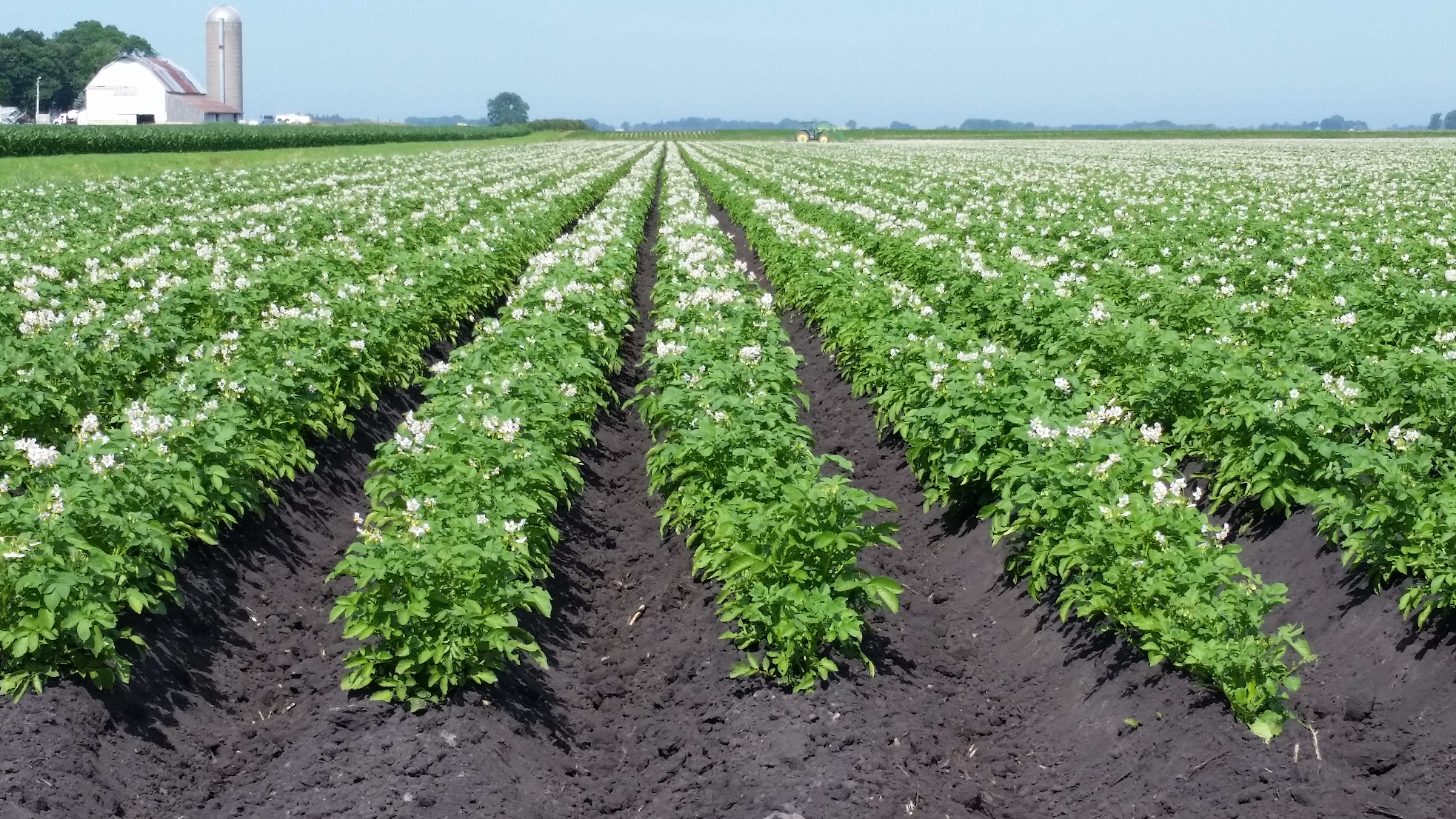 eff Miller, Certified Seed Potato Specialist, Minnesota Department of Agriculture
eff Miller, Certified Seed Potato Specialist, Minnesota Department of Agriculture
During 2017, several changes came the seed potato industry in Minnesota. Unfortunately, one of those changes was the loss of Jerry Larson, who passed away in September 2016. As a result, Larson Farms of Climax, Minn., decided not to certify in 2017 and put all their equipment up for auction this past summer, thus ending an established and well-respected growing operation.
Retirement also meant three growers would not be seeking certification this year; however, two new growers, Kittson Foundation Seed and Glacial Ridge Potato Seed, applied for certification in 2017.
For the 2017 crop year, 28 certified seed potato-growing operations entered 6,559.41 acres for certification by the Minnesota Department of Agriculture. This represents a drop of less than 1 percent in total acreage from the previous year’s total of 6,623.22 acres entered by 32 growing operations. Of the acres entered for certification in 2017, 6,236.41 acres passed the summer field readings. A total of 323 acres were rejected for mosaic virus levels above acceptable field tolerances.
Spring planting got off to a better start than in 2016, but the weather turned dry for the better part of the summer due to a moderate to severe drought that plagued much of the upper Midwest. Despite the arid conditions, the fields looked very good through much of the summer. Like neighboring Manitoba and North Dakota, late blight was confirmed in Minnesota, though none of it in seed fields.
Most seed growers held off on harvest until much-needed rains came to soften up the soil in hopes that it would minimize bruising of the crop. When the rains came in September, some fields went from being too dry to saturated, with some areas receiving in excess of 6 inches of rain in a short period of time. Harvest for many growers was slower and later (into the last full week in October), due to wet fields and colder temperatures, with better than expected yields and quality.
Russet Burbank was again by far the dominant processing variety planted in Minnesota, at 1,028 acres, followed by Dakota Russet (59 acres) and Alpine Russet (49 acres). Dark Red Norland (313 acres), Red Norland (292 acres), Chieftain (239 acres), and Red Pontiac (234 acres) made up the bulk of the fresh red potato seed acreage. Yukon Gold continues to be the dominant white/yellow-fleshed fresh market variety at 121 acres.
The majority of the post-harvest winter test samples were collected near the end of October due to later harvest conditions. They were then gassed with ethyl bromide to break dormancy and shipped to Honolulu, Hawaii, where they were set to be planted the week after Thanksgiving. The field readings/testing will be completed in January 2018. Results from these tests will be available in early February 2018.
Montana
Nina Zidack, Director, 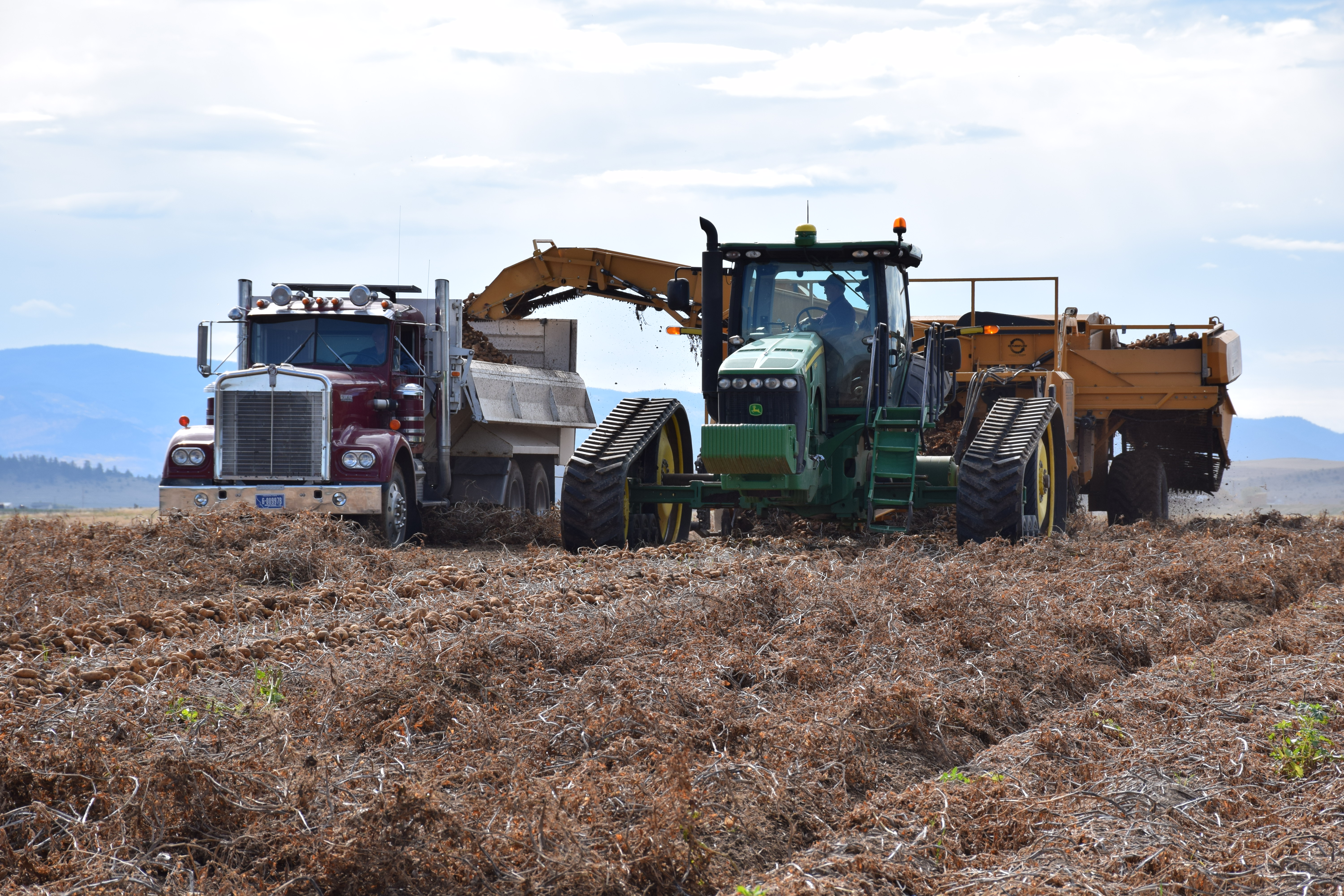 Montana Seed Potato Certification
Montana Seed Potato Certification
This year was an illustration that nothing is ever normal when it comes to describing an individual growing season. The spring in most of Montana was cool and wet, and the transition to summer was hard and fast. Temperatures were above average with very little precipitation. Thankfully, plant establishment was excellent in June, and rows closed for most growers before the hot weather took hold in early July. Water was plentiful from adequate snowpack, and plant stress was kept to a minimum.
The hot, dry weather continued into mid-September but took a drastic turn with rain and temperatures in the 40s later in the month. The wet weather delayed the start of harvest about a week for most growers. Harvest started in earnest the last week of September and was completed by mid-October. While Montana’s harvest saw some frost, it appears to have been very minor. Taking the hot weather during the growing season into consideration, Montana seed potato growers were very pleased with the overall quality and size profile of the tubers.
Montana’s 2017 seed potato acreage was 10,220 acres, a minor reduction compared to the 10,398 acres grown in 2016. While Russet Burbank is still the dominant variety at 3,883 acres, this is an 11 percent decrease from 2016. The 489 acres of Russet Burbank that were lost were largely replaced by Clearwater Russet, which saw an increase from 353 to 698 acres, nearly double the acreage in 2016. Teton Russet also saw a dramatic increase, from 91 to 194 acres. Umatilla is the second-most widely produced variety in Montana and was up 110 acres to 1,789. Ranger Russet and Russet Norkotah selections were both down 2 percent to 1,122 and 1,100 acres, respectively. Alturas was down 13 percent to 637 acres. Shepody, while still a minor variety in Montana, increased 40 percent to 106 acres. There were a total of 54 potato varieties registered for certification in the state.
In Montana, production of seed with very low virus levels is enhanced by growers’ practice of planting all Generation 1 potatoes as family units. Each unit is planted with the daughter tubers from a single nuclear generation plant. During the summer, each unit is 100 percent tested for PVY and PVA. If a test comes back positive, the whole unit is removed.
In addition, all Generation 2 fields are tested for PVA, PVY and PVX, and Generation 3 fields are virus tested if they are being grown for recertification. Montana also tests for all three viruses in the winter grow-out, which was planted in November on Oahu, Hawaii.
North Dakota
Kent Sather, North Dakota State Seed Department, Potato Programs Director
Harvested quality of the 2017 North Dakota certified seed looks good. Yields were average or slightly above average. Planting began with good conditions as early as April 20, with most acreage planted in mid-May. Surplus moisture from the 2016 season provided nice residual at planting and into the growing season, even with lower than normal rainfall. Growing conditions were very good during the summer, providing for optimum field inspections. Twenty-seven certified seed growers submitted 13,940 acres, down from 15,582 (a 10 percent decrease) in 2016.
The top five varieties were:
- Norland strains, 3,313 acres;
- Umatilla Russet, 1,748 acres;
- Dakota Pearl, 1,150 acres;
- Bannock Russet, 1,046 acres; and
- Ranger Russet, 822 acres.
Seed lot leaf samples were tested for PVY and PVX. Results matched field inspection notes. Mosaic levels observed were zero or very low. No acreage was rejected. Testing against Dickeya dianthicola was done from field samples and will continue on harvested tubers. No positives have been confirmed.
The threat of Phytophthora infestans (late blight) carryover from the 2016 season was met with proactive fungicide applications. No late blight was found during inspections in certified seed lots. Growers were also attentive to aphid counts and were encouraged to use protective oils, insecticides, and vine kill as early as possible.
Early-generation seed lots planted in isolation were inspected and declared free from viruses. These seed lots provide the basis for future North Dakota seed production. North Dakota State Seed Department seedstock staff harvested a good mini-tuber crop in June and October, providing a clean seed source for crops in future years.
North Dakota seed directories can be obtained by calling the North Dakota State Seed Department at (701) 231-5000 or by emailing ksather@ndssed.ndsu.edu.
Oregon
Jeff McMorran, Oregon Seed Certification Service
In 2017, Oregon accepted 3,146 acres for certification based on field readings. Though final certification is dependent on winter grow-out readings, at this point no serious problems have been encountered with the harvested lots. A total of 35 acres were not accepted due to seed source eligibility or variety issues (i.e., lack of grower approval on proprietary varieties). Overall, Oregon produced a healthy seed crop in 2017.
Planting and harvesting conditions were near ideal in most of Oregon’s seed potato production areas in 2017, despite a bit of much-needed rain in mid-September slowing down harvest in some areas. However, the year will be remembered as a very hot, dry and smoky summer. There is no evidence that the many smoky days adversely affected the seed potato crop, though the many fires and smoke-filled skies made access to, and reading of, many of the fields a challenge.
Oregon continues to see a shift in varieties produced, moving away from processing varieties to more of the fresh market and specialty varieties. Fresh market types now make up 35 of the 51 varieties certified this year, but still only 42 percent of the production acres. There is also a shift in certified seed acres form the southern areas to more northern sites in the state.
For more information on acres or varieties produced in Oregon, see the “2017 Field Readings and Statistics” booklet at www.seedcert.oregonstate.edu/potatoes.
On a final note, Oregon Seed Certification Service is in the process of hiring a new manager this year. Current manager, Dennis Lundeen will be retiring in January.